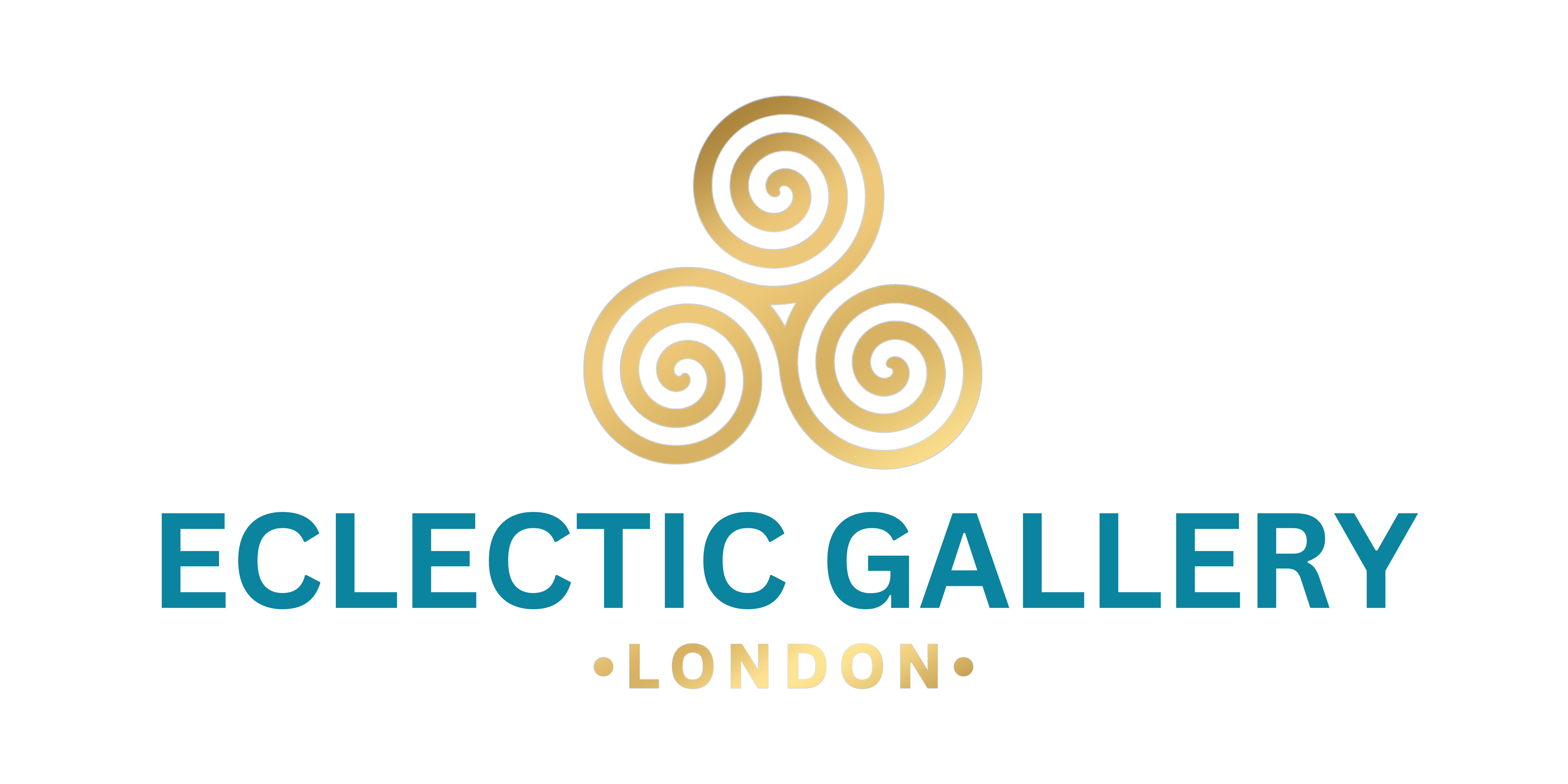In times of crisis and recovery, the arts play a crucial role in providing solace, inspiration, and resilience to individuals and communities alike. Through visual storytelling, art has the power to convey complex emotions, capture the essence of human experience, and offer a sense of hope amidst adversity.
The role of art in healing from trauma cannot be overstated. Art therapy, a form of expressive therapy that utilizes various art forms as a means of communication and exploration, has been widely recognized for its therapeutic benefits in helping individuals cope with trauma and navigate the healing process. Through art, individuals can externalize their emotions, gain insight into their experiences, and foster resilience in the face of adversity.
Art has a unique ability to help us find hope and inspiration in difficult times. Whether through paintings, photographs, sculptures, or other visual mediums, art has the power to uplift spirits, evoke empathy, and ignite positive change. During times of crisis, artists often channel their experiences and emotions into their work, creating pieces that resonate with audiences on a deeply personal level and offer a sense of solidarity and connection.
Historically, art has played a significant role in times of economic downturn and social upheaval. During the Great Depression, for example, many artists turned to their craft as a means of survival and expression, creating powerful works that reflected the struggles and resilience of the human spirit. Despite facing immense challenges, artists continued to create, finding solace and purpose in their artistic endeavours.
Art also has the ability to destress and promote mental well-being. Engaging in artistic activities such as painting, drawing, or crafting can serve as a form of meditation, helping individuals relax, focus their thoughts, and reduce stress levels. Art therapy has been shown to improve mood, reduce anxiety, and enhance overall mental health by providing a creative outlet for expression and self-discovery.
In times of war, art has served as a powerful tool for expression, protest, and remembrance. Artists have used their talents to document the realities of war, raise awareness about its impact on individuals and communities, and advocate for peace and justice. Through visual storytelling, art has the power to humanize the experiences of war, challenge societal norms, and inspire collective action towards a more peaceful world.
World War II had a profound effect on art, influencing artistic movements and styles, as well as the subject matter and themes explored by artists. The horrors of war, the resilience of the human spirit, and the quest for peace were recurring themes in art produced during this period. Artists responded to the challenges of the time with courage and creativity, creating enduring works that continue to resonate with audiences today.
At Eclectic Gallery, we recognize the power of art to heal, inspire, and uplift. No matter the physical and emotional wars people may be experiencing, art has the power to help individuals cope, express themselves, and find freedom in creativity. Through visual storytelling, we aim to showcase the resilience of the human spirit and inspire hope and positivity in times of crisis and recovery.

